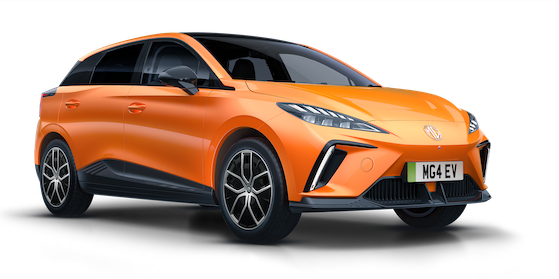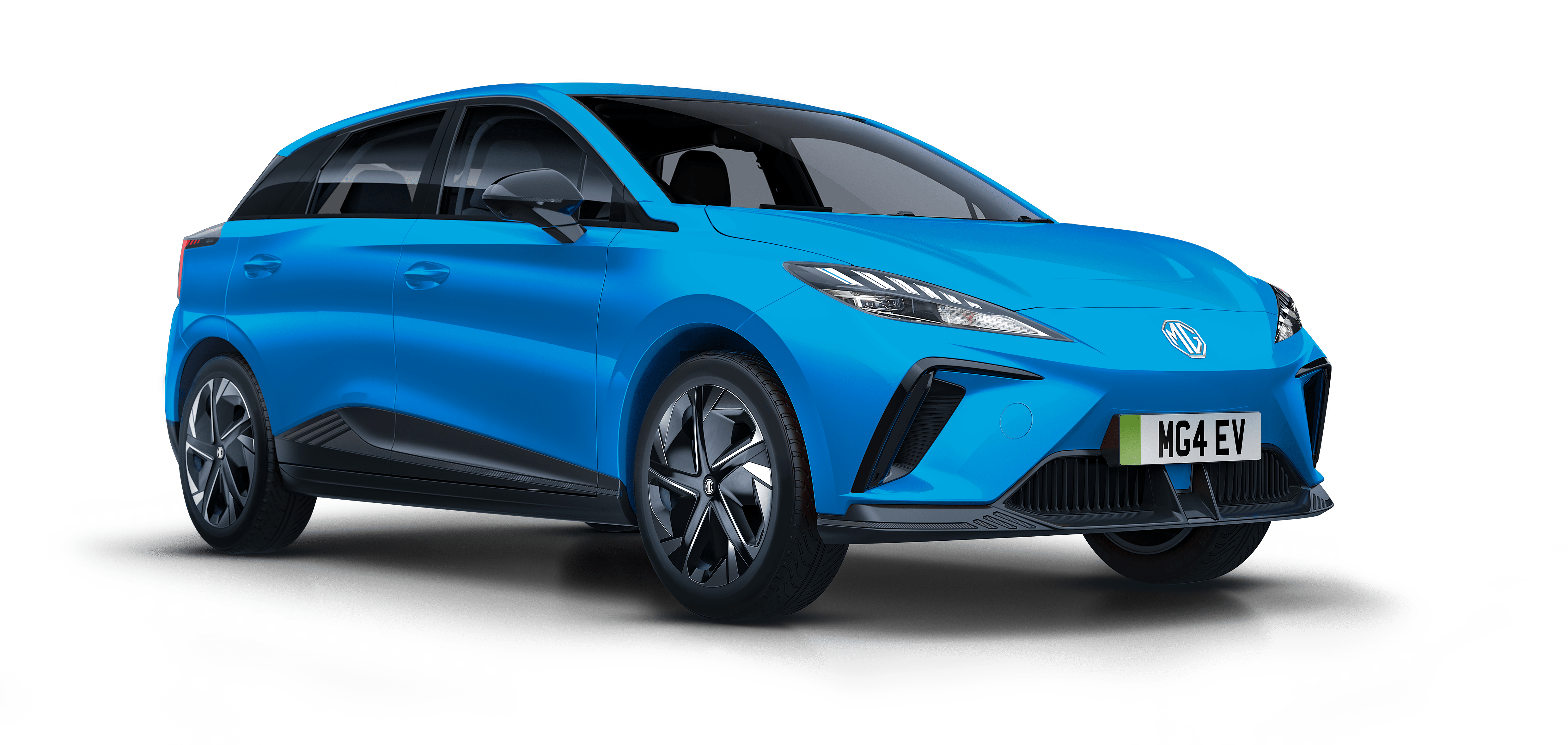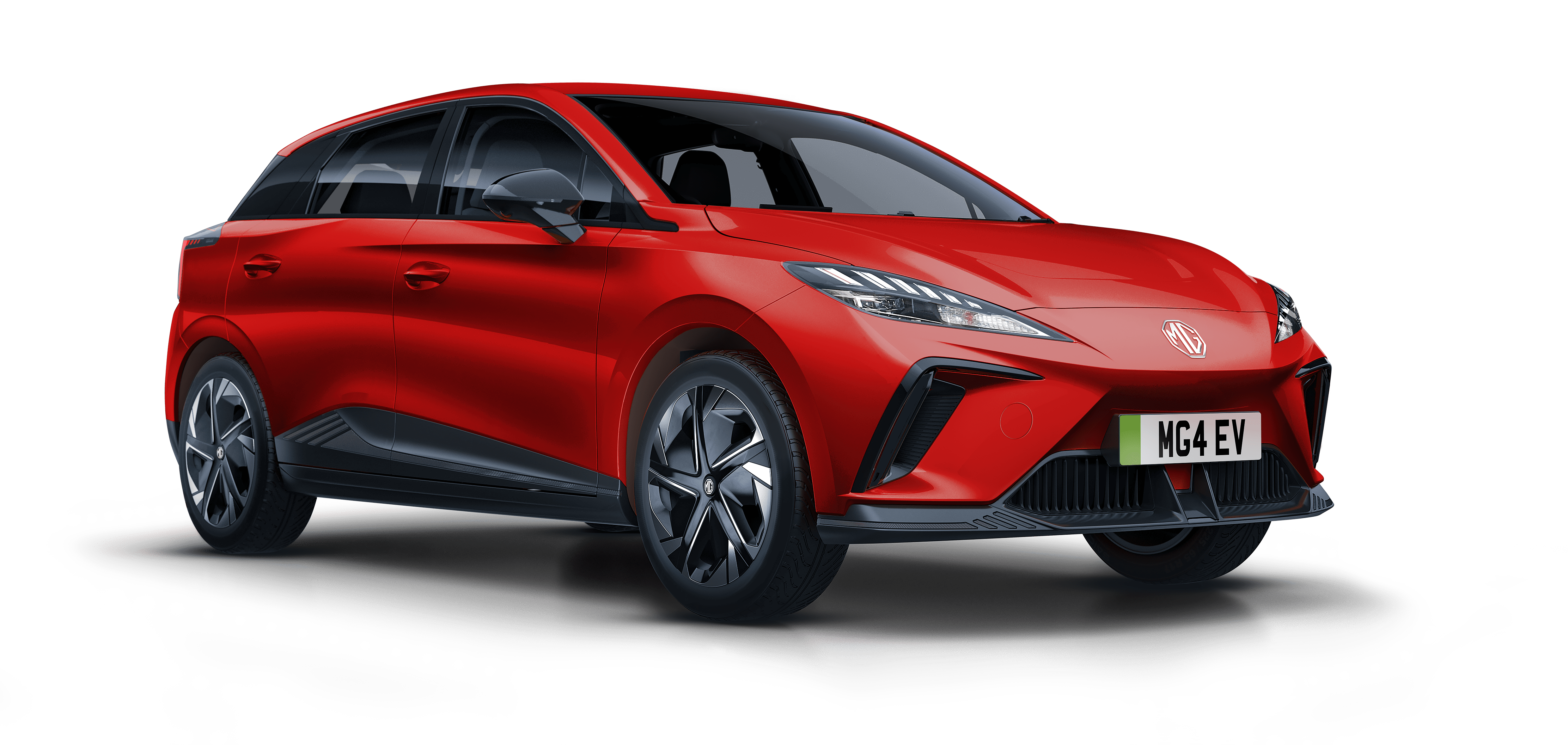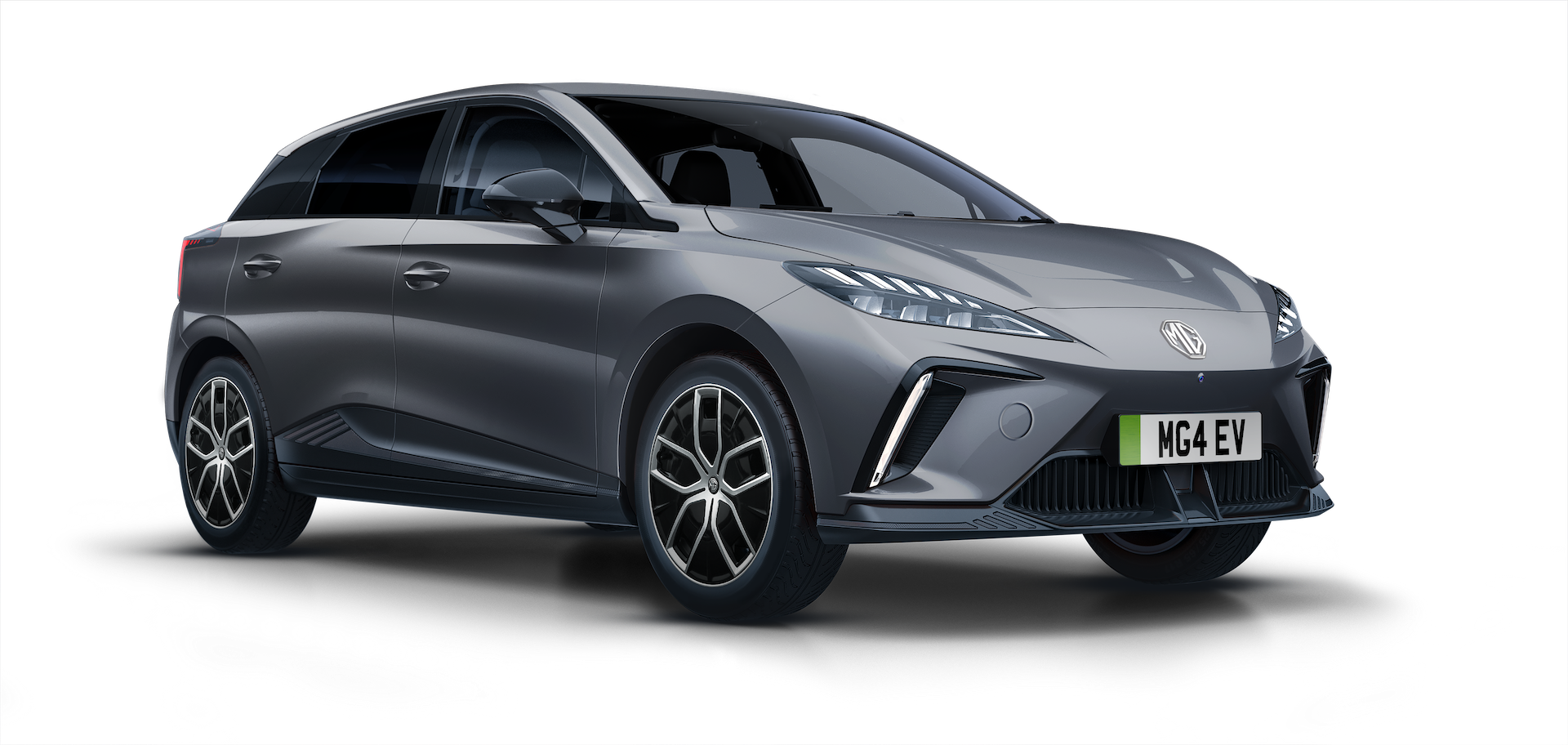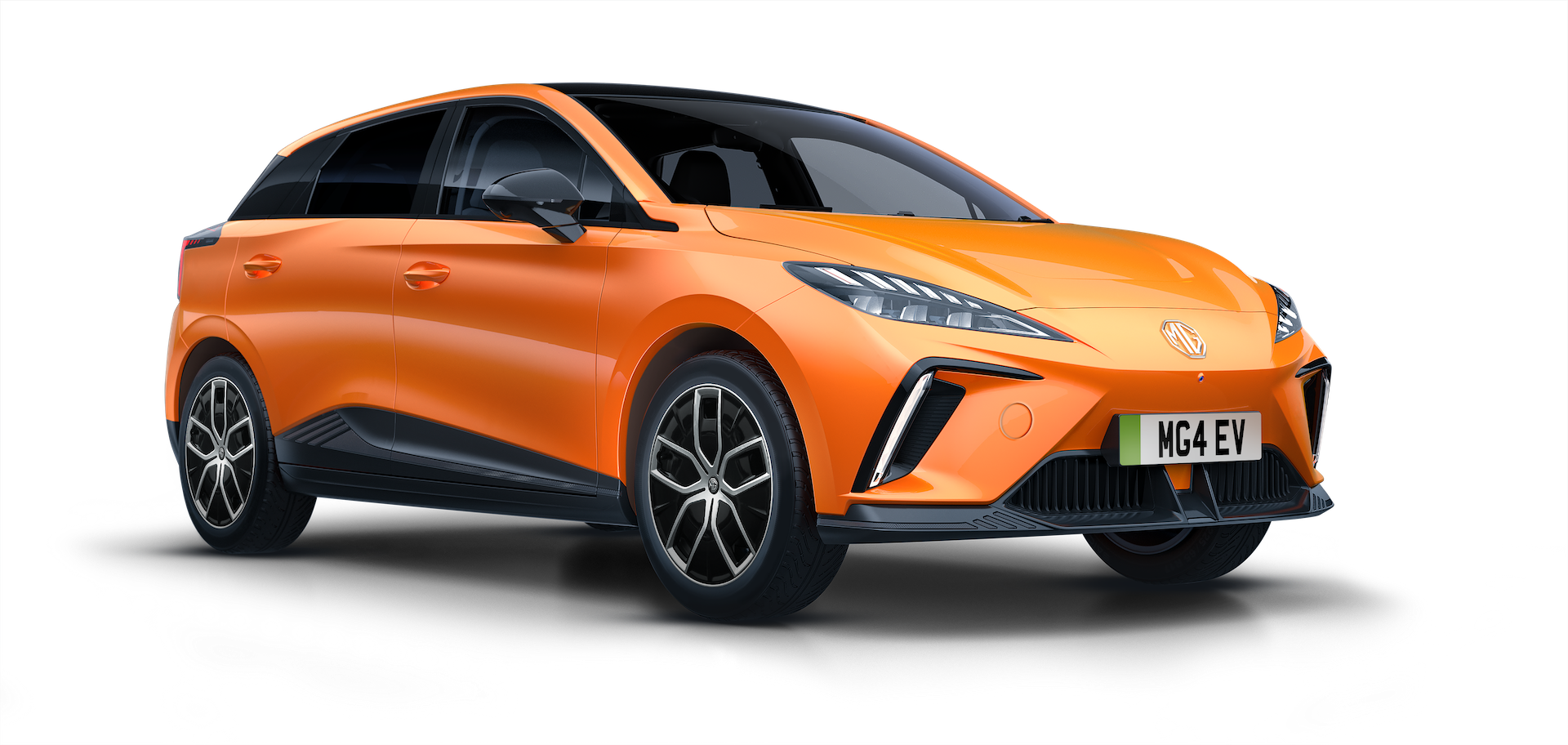What Is Regenerative Braking?

If you own an electric vehicle then you may have heard of regenerative braking, but aren’t quite sure what it is. This article will tell you everything you need to know about regenerative braking including how it works, how it differs from other types of braking and why it's a useful feature.
What is regenerative braking and how does it work?
Regenerative braking captures and stores the kinetic energy generated from braking. This energy can then be reused to power the vehicle which is much more energy efficient and helps to reduce waste.
Regenerative brakes work automatically when you take your foot off the accelerator and apply the brakes. This creates friction between the brake pads and rotors which causes the car to slow down. The harder you brake, the more friction caused which generates energy. In regular cars this energy is typically wasted and causes damage to the brake pads, however regenerative braking ensures it is put to good use.
What type of cars have regenerative braking?
Hybrid and electric cars use regenerative braking. This is because they are battery powered vehicles that run on electricity. Regenerative braking transfers energy from the wheels to this electric car battery to help it recharge which can help extend its battery life and range.
Electric cars are also powered by an electric motor which accelerates and slows down the vehicle. Pressing the brake pedal in an EV sends power to the motor, which causes the car to slow down much faster than if you were using regular brakes. This helps to charge your battery so that it can be used for future acceleration.
How does regenerative braking differ from other types of braking?
Regenerative braking differs from ‘regular’ braking because it slows down the vehicle without using friction on the tires. Instead, less pressure is placed on the brakes and tires because electric motors are being slowed down by the engine.
Regenerative braking also differs from dynamic braking - the use of an engine torque to slow down a vehicle. Dynamic braking is only used in emergency situations to help quickly reduce the speed of a car, whereas regenerative braking can be used to save energy everyday.
What are the advantages of regenerative braking?
- Reduces fuel consumption - The whole idea of regenerative braking is to capture, store and reuse energy which means it's much more fuel efficient because it is using energy generated by the vehicle itself, rather than relying on external power sources.
- It extends battery life - The energy stored from regenerative braking is used to recharge the car battery which helps to extend the battery life. This can help save on charging costs because the vehicle is powering itself. It can also help ease range anxiety as you know that the car is self-charging.
- Reduces wear and tear - Regenerative braking places less pressure on the brake pads which means they last longer because they are not being used as much. This can help drivers to save money on maintenance costs because they will not have to pay for frequent repairs.
- Better for the environment - Energy efficient braking is yet another way that electric cars are better for the environment. Regenerative braking does not release any harmful particles into the air, unlike regular braking, as well as reducing the amount of greenhouse gas emissions.
All electric vehicles should have regenerative braking. If you are unsure whether your car has this smart technology then check your manual, or ask the dealer, and start being more energy efficient today!

